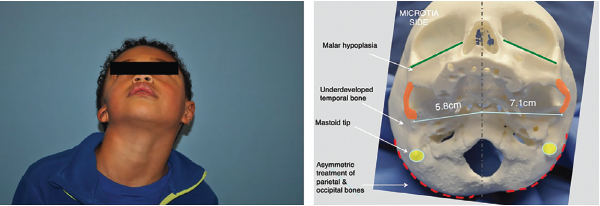ENTtoday asked four newly minted chairs of otolaryngology departments how they made it to their positions, what they feel is the most important aspect of leadership, and more.





Young physicians have medicine’s great future for enhancement of patient care and prevention of disease ahead of them as perhaps no other generation of physicians or specialists in otolaryngology has ever had.

An increasingly popular tool used across multiple surgical specialties is three-dimensional (3D) printing, which offers the opportunity for case-by-case customization.
This study confirms that the probe-based PTeye system can recognize parathyroid glands with a high degree of precision.
Parosmia was associated with significantly better quantitative olfactory scores but worse quality-of-life scores.
Hypoglossal nerve stimulator implantation in an ambulatory surgical center is safe and is more efficient than in an HOPD and may also be more cost-effective.
Patients receiving or pursuing long-term disability insurance or legal claims did not improve from chronic dizziness and diizziness catastrophizing compared to those who were not.
A look at how individual olfactory receptors flexibly recognize diverse odorants in terms of structure and mechanics.